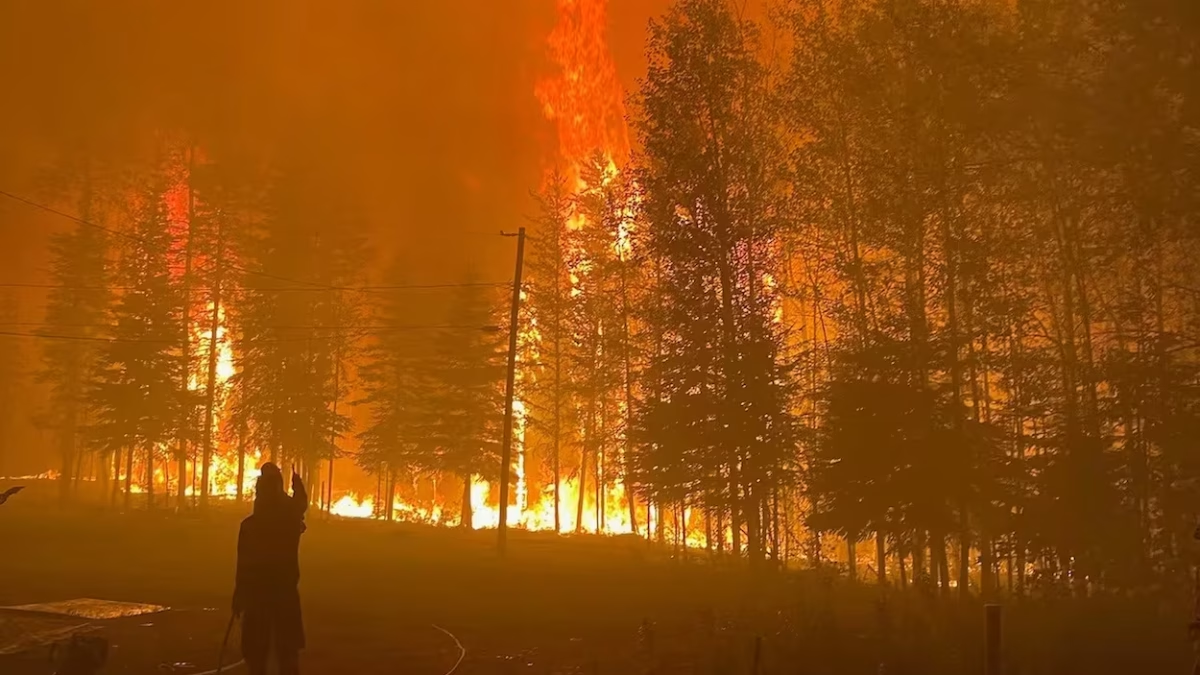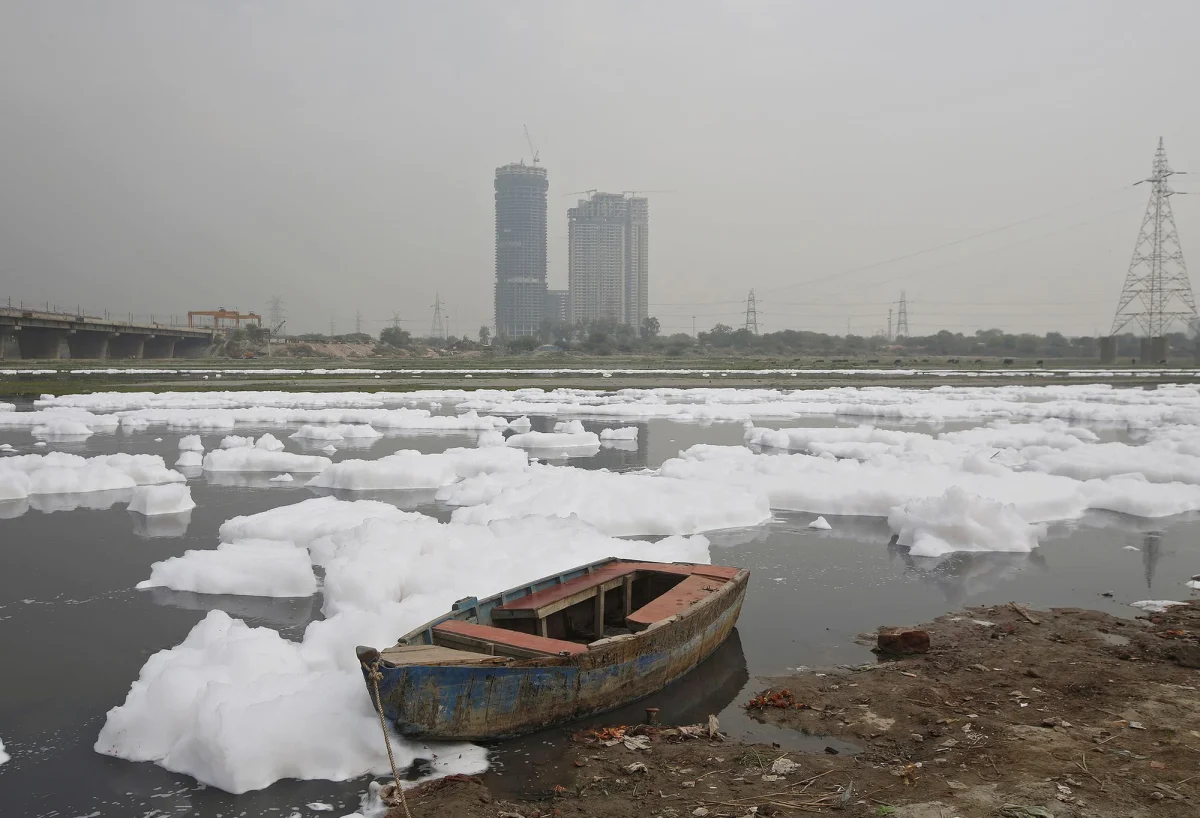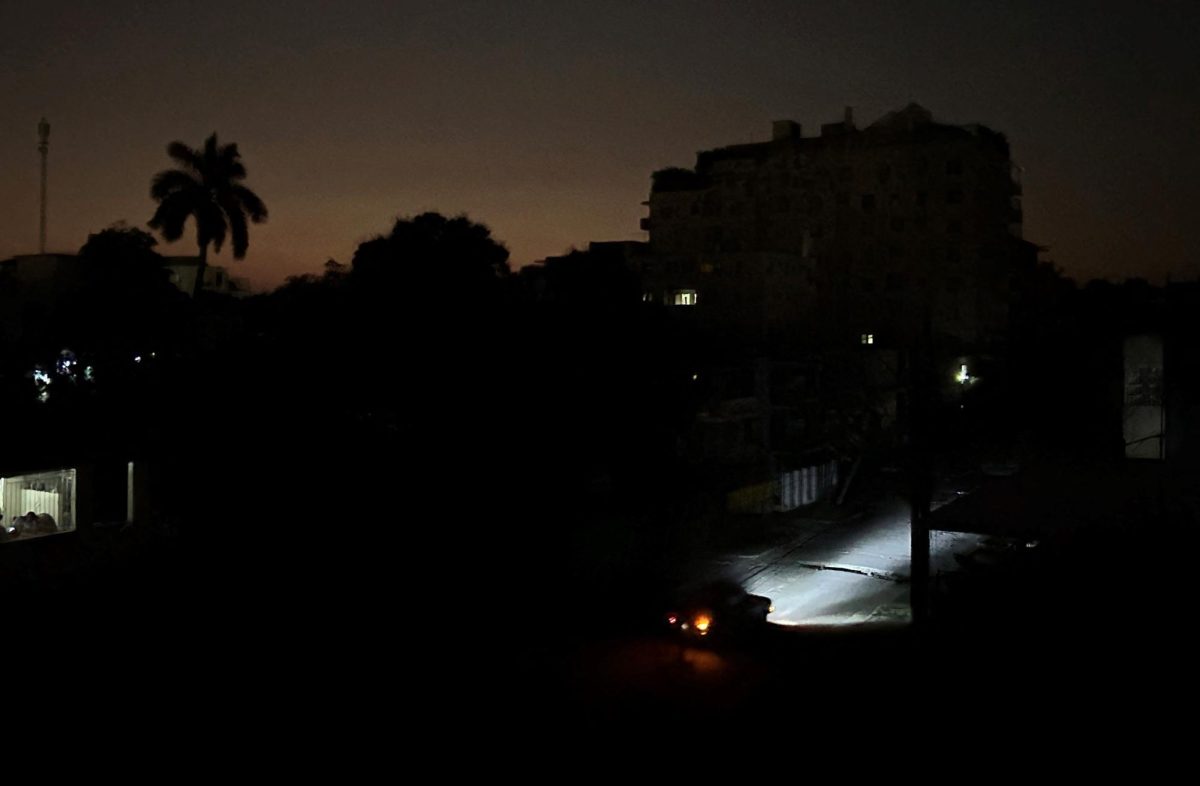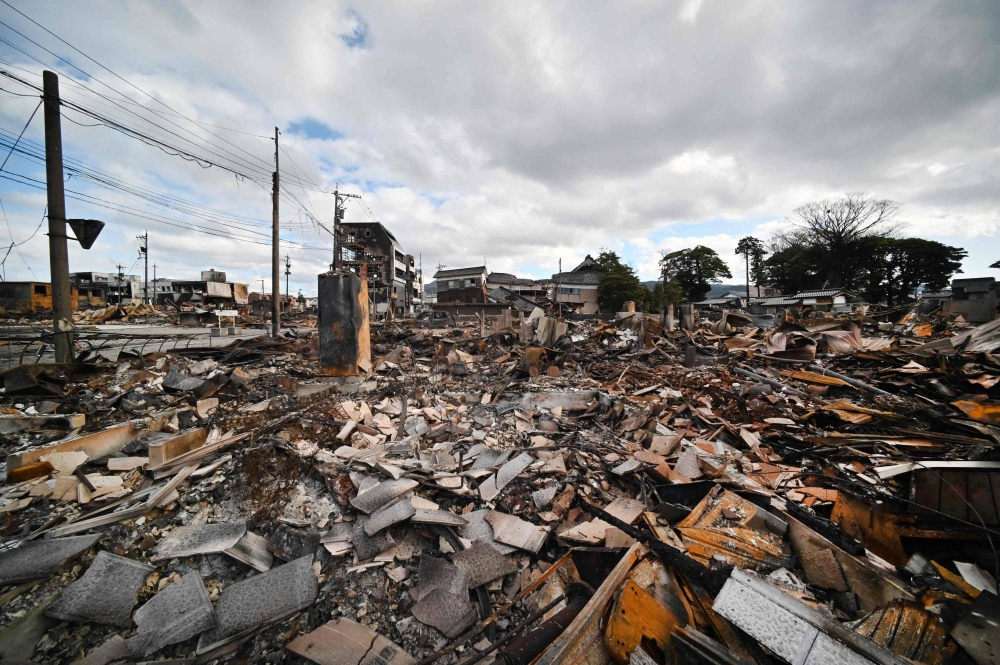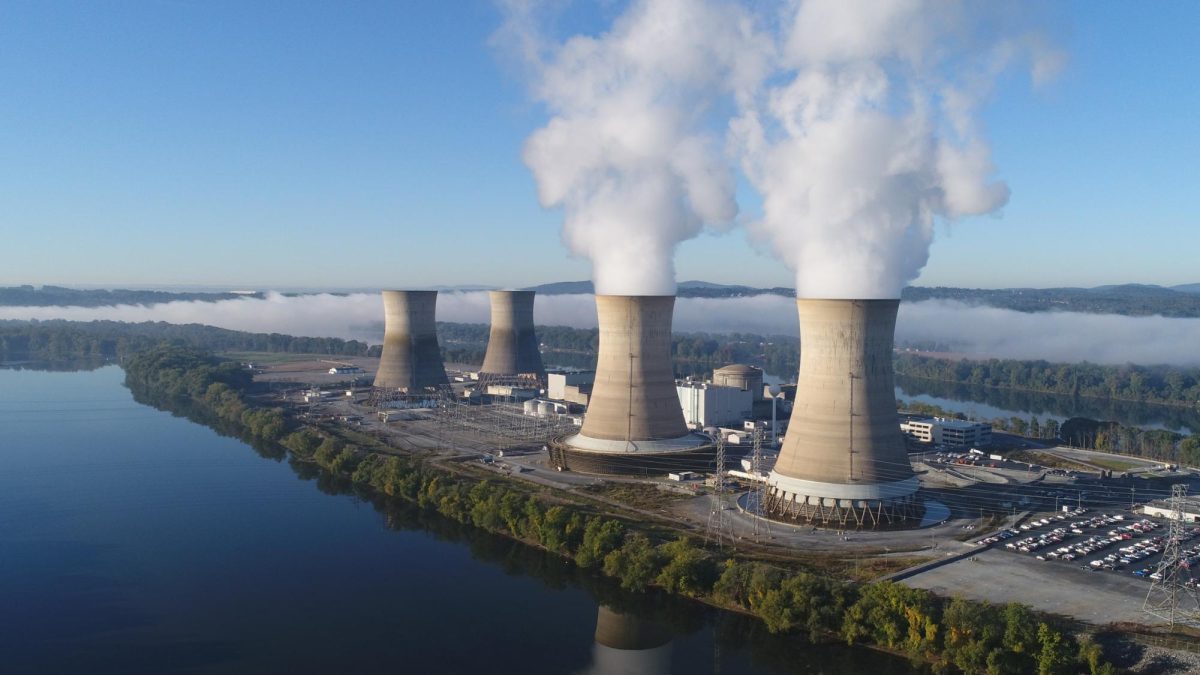Several wildfires have already been reported across the country. On June 1st, 2025, there were a total of 173 active fires in Canada, with more than 1.5 million hectares of forest burned. The provinces most affected so far are British Columbia, Alberta, and Ontario.
Impacts on fauna and flora:
Forest fires in Canada have significant impacts on wildlife, in both short and long term, as they can lead to habitat loss and animal and plant death. Nevertheless, forest fires can be beneficial in many ways for many species. A lot of animals and plants benefit from the effects of fire. Moose, elk, sheep, and deer love to eat newly regenerated grasses and forbs. Aspen, raspberries, and roses grow well after a fire thanks to their underground roots.
“Fire is part of the natural cycle in many ecosystems. The key issue now is the frequency and intensity, which are being driven by climate change,” explained Dr. Lori Daniels, forest ecologist at the University of British Columbia, in a report by The Globe and Mail.
Impacts on human health:
Smoke contains fine particles and other substances that can affect the respiratory system and cause irritation and breathing problems.
In general, people most at risk of having effects from wildfire smoke are:
- elderly people
- people who smoke
- infants and young children
- people who already have chronic health problems or illnesses
- indigenous people
- women and pregnant people
- people who practice intense outdoor sports
- people who work outside
- people living in rural areas
“Smoke from wildfires has several bad effects on the lungs and on the airways. It can cause wheeziness, chest tightness, cough, and shortness of breath—even in people without previous lung disease,” said Dr. Shawn Aaron, respirologist at Ottawa Hospital, in an interview with CTV News.
The effects of forest fire smoke can sometimes be far worse than a cough. Studies have shown that prolonged exposure to wildfire smoke can increase the risk of death, especially among the elderly and those with cardiovascular or respiratory diseases.
2023 wildfire season: the worst of all
In 2023, Canada faced one of its worst wildfire seasons in history. Over 17.9 million hectares of forest were burned, releasing 2.98 billion tons of carbon dioxide into the atmosphere. According to the U.S. Environmental Protection Agency, that’s the equivalent of the annual emissions produced by more than 645 million cars. This made Canada the fourth biggest emitter of CO₂ in the world that year.
“The scale of these fires is unlike anything we’ve seen in Canadian history. It’s not just a national issue—it’s a global one,” said Michael Norton, Director General at Natural Resources Canada, in an interview with CBC News.


